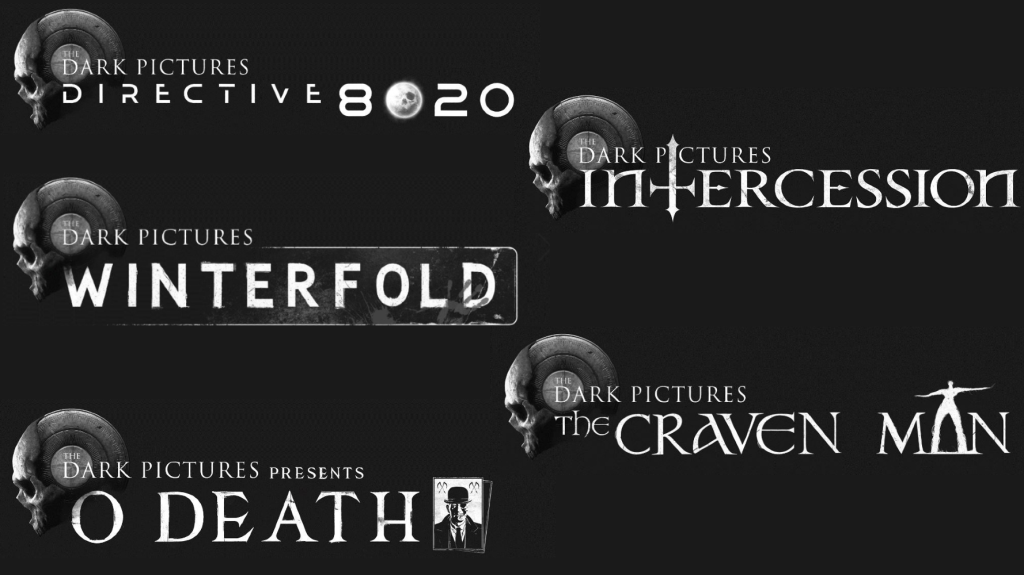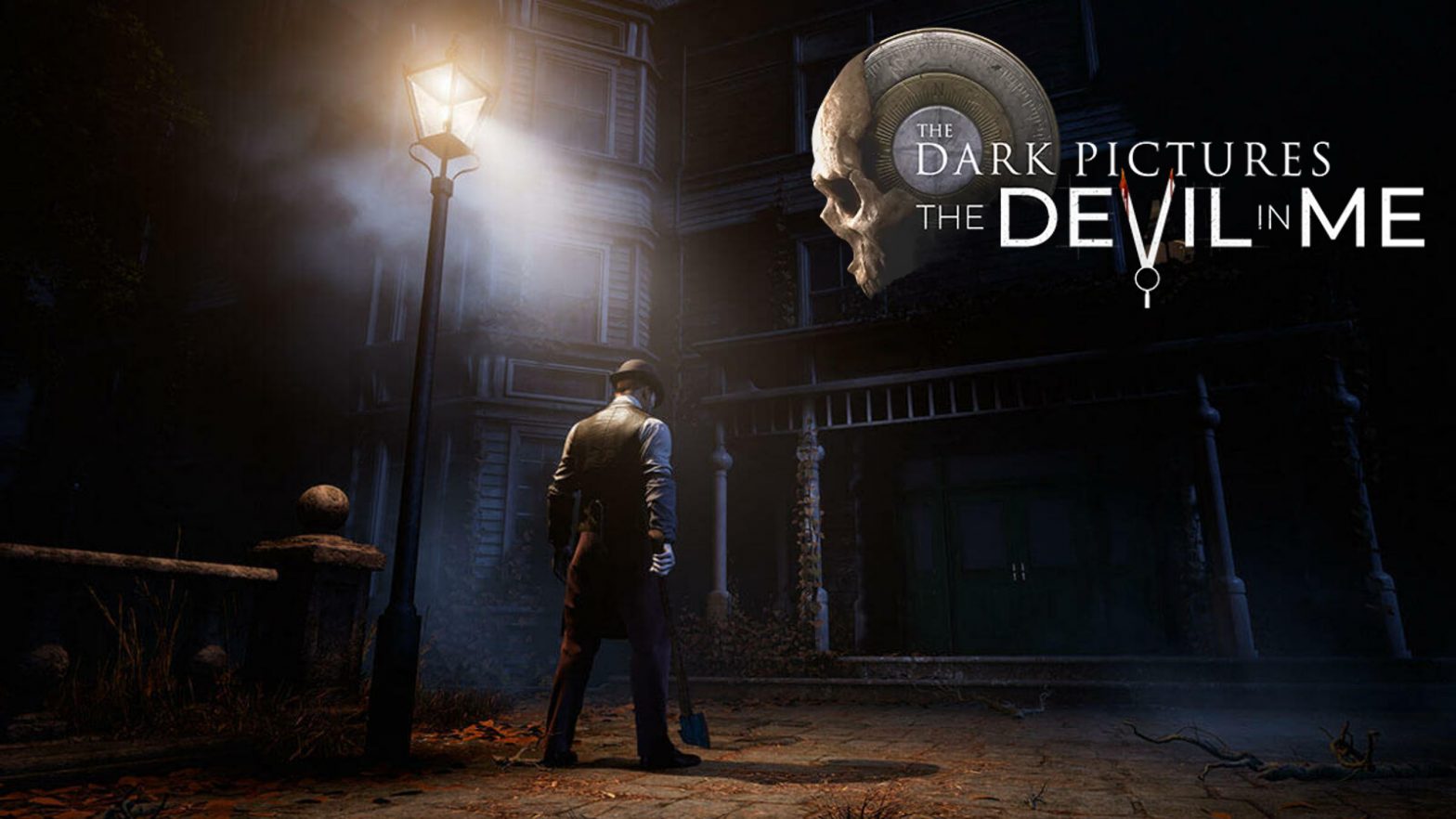I can’t escape the feeling we need to hold an intervention for Supermassive Games. They would casually walk into their apartment to see me and my one friend I force to endure their games sitting there. A giant intervention banner behind my deeply concerned face. My friend utterly confused because I told him we were getting ice cream. Supermassive Games would constantly reassure us that they were fine, but I would be thoroughly unconvinced after playing The Quarry and The Devil in Me. My friend would keep asking if we can leave and just get ice cream. Supermassive Games would say over and over that Season 2 of the Dark Pictures Anthology would be different until they finally break down crying. From there, we confront them on their story-writing issues and agree to check them into a writing clinic. Some might feel it is a low blow to call out Supermassive’s writing, but it drastically separates Until Dawn from The Devil in Me, the latest game in the Dark Pictures Anthology. Now join me as I tell my tale about The Dark Pictures Anthology: The Devil in Me, and why I might be getting on a plane to Guildford with a banner that reads “Intervention.”

Our story begins with a group of filmmakers failing to create an intriguing documentary about the serial killer Henry Howard Holmes. Mysteriously they receive a call from a stranger who has recreated the old Holmes Murder Hotel on his private island and has invited the crew to come spend the night. Blissfully unaware of foreshadowing, the crew ends up trapped in the hotel and hunted by multiple assailants dressed as HH Holmes. In traditional Supermassive fashion, it is up to us, the players, to decide who lives while attempting to unravel the mystery.
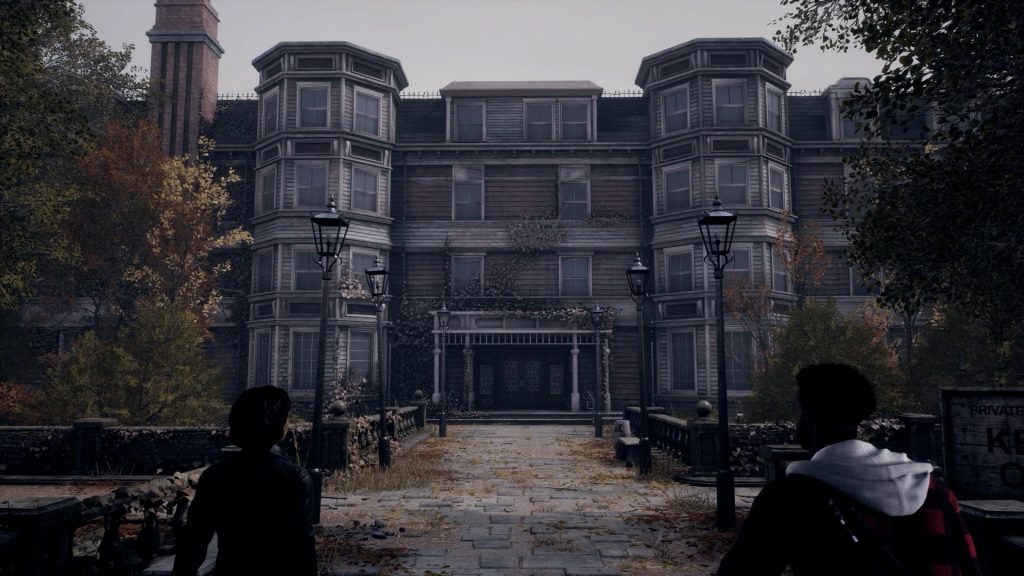
Before we dive headfirst into the story, let’s talk about the gameplay of The Devil in Me. All of the Supermassive staples return as you wander the dark halls of the hotel one minute and then rattle off quick-timed events during chase scenes in another. On one hand, I was impressed by how little our characters felt like they were on roller skates. Traditionally, Supermassive characters would feel like Roombas on low battery, often taking extra steps to come to a complete stop meaning you frequently walked past objects you wanted to interact with. That never seemed to be the issue in The Devil in Me. In fact, there was a scene where I had to lead the killer into a trap; initially, I was worried the controls would lead to getting my character killed, but I was able to escape with no problem.
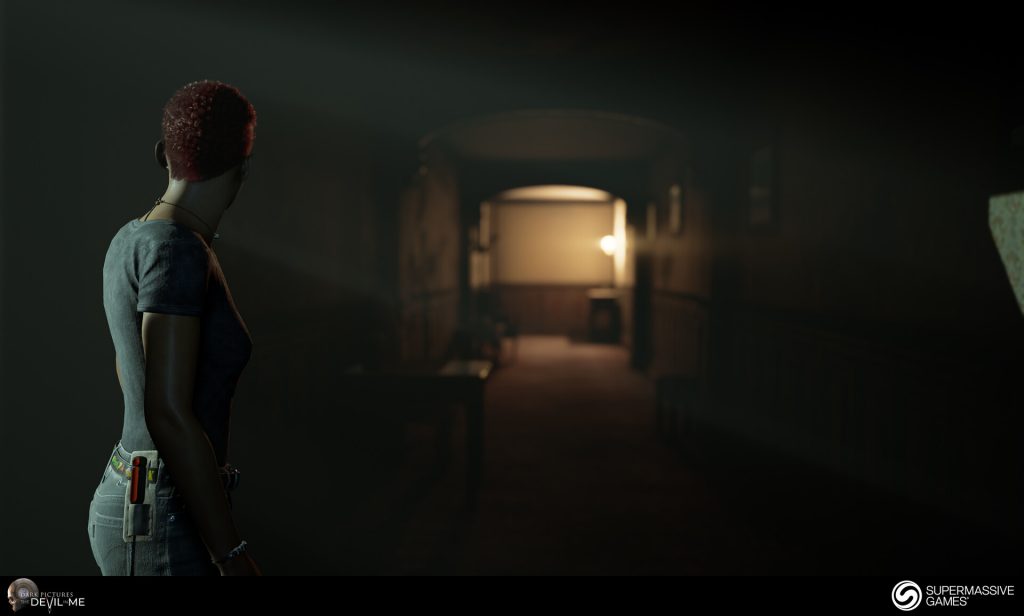
Our character’s sources of light, on the other hand, are a mixed bag. Each character had their forms of a light source they could use to navigate in the dark. One character had a flashlight that allowed us to navigate the ill-lit rooms. Another had to use the flash from a camera as a light source which made wandering the pitch-black halls impossible at times. There was a storage section that I got lost in because I couldn’t find my way in this blackened maze with the abysmal light source I was given. Any time a horror title makes me fumble around in the dark, it’s an instant see me after class moment. Completely blinding me makes it impossible to make decisions that dictate my success. As a result, my immersion is broken which is killer for any title looking to scare me.
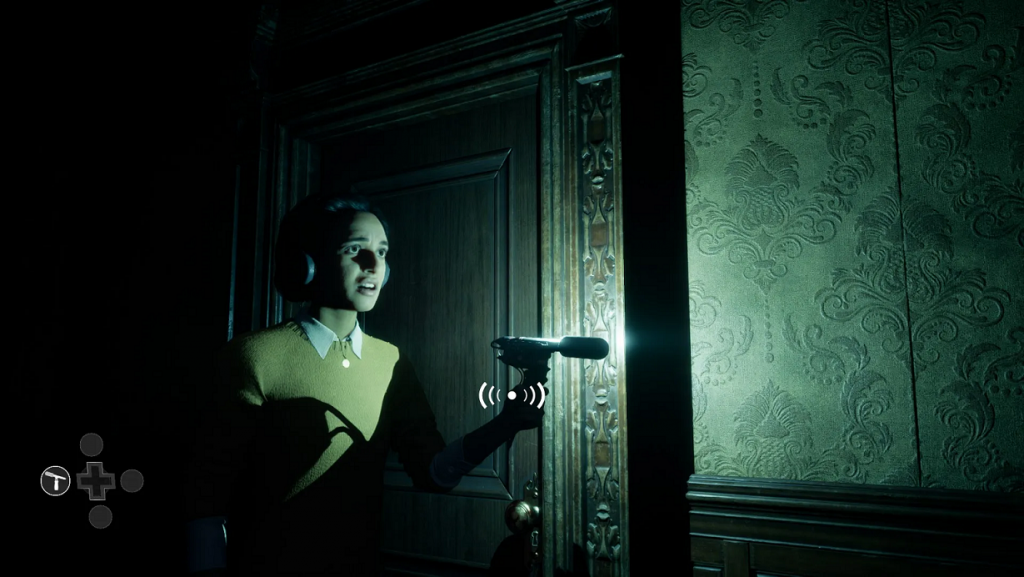
The inventory system also felt underused. The game informed me early on that each character had their own equipment slots that I could use to pick things up to solve puzzles. Mainly finding a key for a specific keyhole. I imagine these puzzles were where the game was hiding the totem items, an item that gives you a heads-up on future events. Unfortunately, we were never able to find any of these items to solve any of the puzzles, resulting in us not being able to find any totems. I was able to collect some sort of token that the game never explained what it was for. Overall, the gameplay feels like one step forward followed by two steps back.
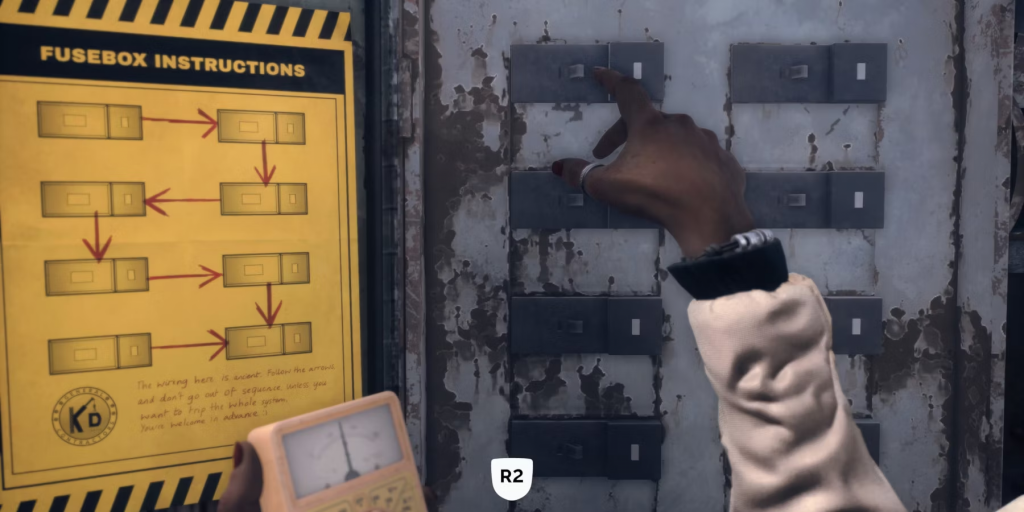
Thankfully, some puzzles were tied to the story that didn’t involve fiddling with your inventory. The one that comes to mind, ended up thrusting me and my friend into cutscene when one of us wasn’t ready. My friend was controlling a character in some sort of furnace trap while I was solving a puzzle in the wine cellar. I solved the puzzle as quickly as I could, assuming he was in danger only to force us both into a cutscene before he was able to finish exploring. We lost the character unsure if there was anything in the room we could have used to save his life.
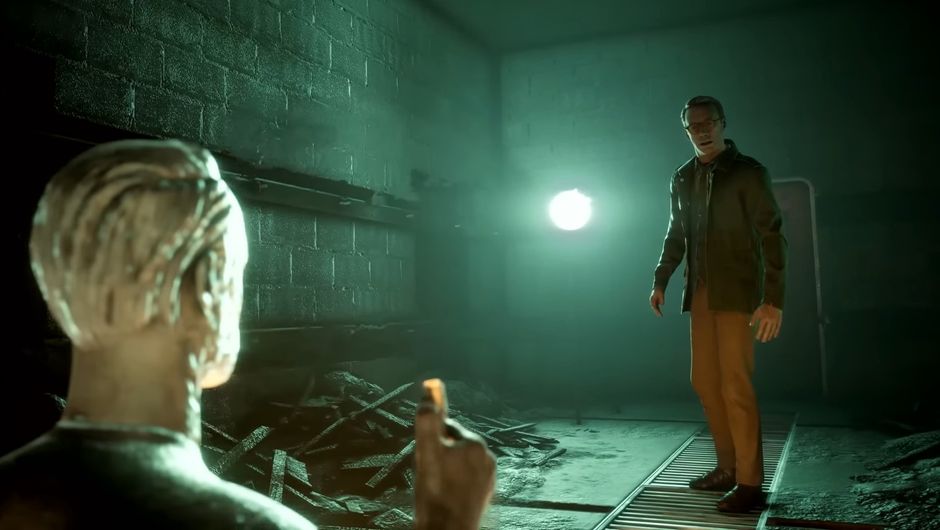
Fortunately, losing this character didn’t upset me or my friend. The characters within Supermassive’s games have always been a mixed bag. It does seem like the studio tries to give us the most in-depth characters in the bigger games like Until Dawn and The Quarry, while they struggle to make the Dark Picture characters engaging. There was a sign of hope in the third Dark Picture game House of Ashes where we forced the most apple-pie American redneck to work alongside a humble Iraqi soldier. The glances these two would frequently give each other had me and my friend in stitches.
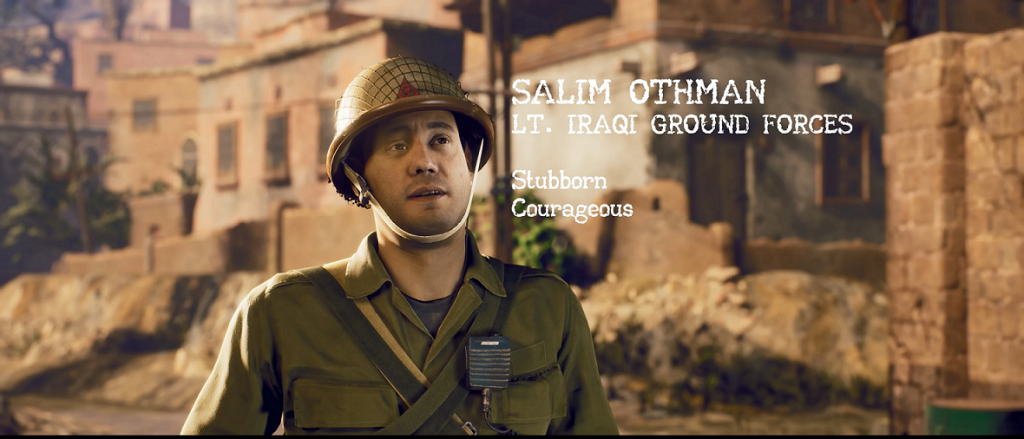
Unfortunately, The Devil in Me fails to provide compelling enough characters that I wanted to keep alive. I cannot recall a single name of any of the characters in this game, but still remember all the characters from Until Dawn. These titles live or die by how invested you get in keeping your beloved character alive while murdering the cast member who rubs you the wrong way. The characters within The Devil in Me just inspire apathy in me. No one was worth being saved or murdered. I knew early that I wasn’t going to have the mental energy to commit these characters to memory nor be able to summon the energy to go look up their names in time for my soapbox rants. Before we are even introduced to the main cast, there is an opening flashback scene of a young couple staying in the real HH Holmes murder hotel. I found these two characters, who the game made pretty clear that they were going to be killed off, more interesting than any of the cast members of The Devil in Me. This is a death nail for a title like this.
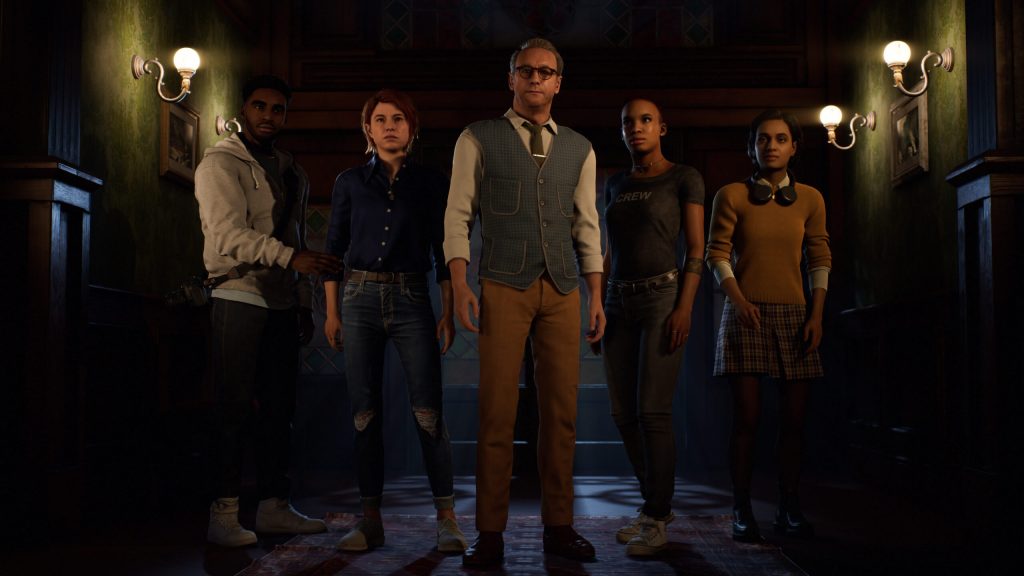
To make matters worse, most of the background storytelling is done in random documents littered throughout the hotel. This tiresome trend is starting to get on my nerves especially when big-budget studios do it. There is utterly no excuse that this information can’t be given in an audio log. I’ll admit audio logs aren’t much better, especially when you’re playing co-op and your partner rushes to the next section, but it is better than sitting there and reading. If I wanted to read a story, I WOULD JUST READ A BOOK. This media is supposed to be interactive. I know some story beats are hard to get across in gameplay, but Bioshock figured this out sixteen years ago.

Now to dig more into my issues with The Devil in Me, I need to venture into the dark waters of spoilers. If you wish to avoid having the ending spoiled, then I suggest you turn back right now.

For those brave souls, who are willing to endure some spoilers, then gather round. I am sure it is no surprise that the remaining crew discover a small row boat and tries to make their escape from the murder hotel. The killer, dawning an HH Holmes mask, makes his way onto the boat in a last-ditch effort to kill off the film crew. In a desperate attempt to flee the killer’s grasp, our heroes disable the rutter and run the boat with the killer on board into some jutting rocks. At this moment, I expected the killer’s body to float to the surface; the mask destroyed, revealing who the killer was all along. However, that moment never came. My co-op partner and I soon discovered that in order to learn who the killer was, we had to make sure a specific set of characters lived. I was bewildered and stunned. It felt like witnessing an episode of Scooby-Doo where the gang doesn’t pull the mask off the villain. I don’t understand how Supermassive Games couldn’t have known this would be dissatisfying from a narrative perspective.

What really gets my vagabond robes in a twist is the fact that this is the second game in a row where Supermassive Games forces you to play a specific way to get any sense of gratification from the ending. First, The Quarry forced us to have one of the counselors work with the cop who held her captive or get the unsatisfying everyone is dead ending. Now, The Devil in Me wants you to keep a specific combination of characters alive to be able to get your Scooby-Doo villain reveal moment. I respect the developer’s right to force a player to play their way, but this is not the reason people loved Until Dawn. That game was beloved for its characters, how you could assume the role of the killer, kill any of them, and still get a fulfilling story at the end. Forcing me to make decisions I don’t want to make, will not make players enjoy your game.

Normally, I would plead with Supermassive Games to take their time and space out their games, but as of now, I couldn’t care less. The magic is gone and it is all thanks to them railroading you into playing their way. All more time would do is allow them to find more tiresome ways to punish you for killing off characters you despised. I even feel deceived by the game’s trailers as there was a big long speech about how moving art can be while the actual game has nothing interesting to say about art. Initially, I wanted to have an intervention to help Supermassive Games change their ways, but the more I reflect on The Devil in Me the more I want nothing to do with the studio. I don’t recommend The Devil in Me; if you are truly curious, save your time and watch a playthrough on YouTube. Saying both the gameplay and storytelling are shoddy is an understatement. I feel safe in saying neither I nor my ice cream-loving friend recommend any of Supermassive’s future games and if I am proven wrong, I will stand before all of you and eat my entire soapbox.
